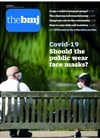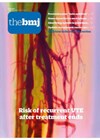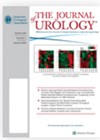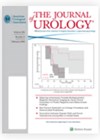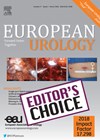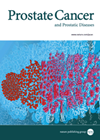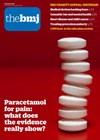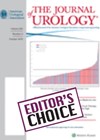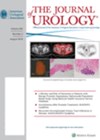
Journal Reviews
COVID-19 and acute kidney injury
Newspapers and online media are full of the effects of the coronavirus on airways and olfactory functions and the importance of respiratory physicians (pulmonologists in the USA), ventilators and intensive care teams. However, as per the Intensive Care National Audit...
Chronic retention – all you need to know
Chronic retention – all you need to know Chronic urinary retention is a common presentation in elderly and frail patients. Two types should be recognised - low pressure chronic retention (LPCR) and high pressure chronic retention (HPCR). Acute-on-chronic retention occurs...
Can continence and volitional voiding be achieved in bladder exstrophy?
Bladder exstrophy is a challenge to the paediatric urologist; here in the UK, repairs are now undertaken at two centres in order to concentrate experience. The ultimate aim is to achieve urinary continence and volitional voiding. In this study, John...
Relax and take note of this!
Children with neurogenic bladders are at risk of renal compromise through high detrusor pressures. Management aims to provide continence and preserve the upper tracts by increasing capacity and compliance though early clean intermittent catheterisation and anticholinergics. Intradetrusor botulinum toxin has...
Evaluation of the learning curve for learning MRI-US fusion prostate biopsies
With the advent of one-stop prostate cancer diagnostic clinics, the findings of this study are of interest to readers who may be implementing MRI-US transrectal or transperineal fusion biopsies to their clinical practice. This prospective cohort study evaluated 779 consecutive...
Transurethral enucleation is superior to resection for the management of LUTS secondary to BPH
This meta-analysis (Level 1b evidence) examined the efficacy and safety of two primary transurethral therapies used in the management of lower urinary tract symptoms (LUTS) secondary to benign prostatic hyperplasia (BPH), enucleation (HoLEP – holmium laser enucleation of prostate, ThuLEP,...
One cycle of adjuvant chemotherapy in tumours of the testis
Following a radical orchiectomy, current UK practice for newly diagnosed, high-risk, stage 1 nonseminomatous or combined germ cell tumours of the testis (NSCGCTT) is either two cycles of adjuvant chemotherapy with bleomycin, etoposide, cisplatin (BE360Px2) or surveillance with BE500Px3 on...
Prostatic urethral lift for obstructive median lobes: 12-month results of the MedLift study
As the various new BPH therapies try and mark out their role in the management of the condition, this is an interesting and useful addition to the literature. Patients were clinically screened for an obstructive median lobe on cystoscopy, which...
Psychosocial distress in parents of children with DSD
Disorders of sex development (DSD) are a rare set of medical conditions with prevalence rates ranging between 1:00 to 1:5000 births. Secondary atypical genitalia is seen in a subset. Psychosocial aspects have until recently been understudied. We know that some...
Advanced prostate cancer and chemotherapy
The treatment pathway for advanced prostate cancer is both puzzling and complex and varies from centre to centre in the UK. The National Prostate Cancer Audit Report 2019 for England and Wales shows that only a quarter of men with...
Prenatal spina bifida repair – does it have urological benefits in the longer term?
At present, I have one patient under my care who underwent prenatal closure of his spina bifida defect. Only with time, will we be able to determine whether this intervention has been of benefit for him from a urological standpoint....
What should we do with the incidentally detected renal cyst in a child?
The introduction of routine prenatal screening in the early 1980s resulted in paediatric urologists being confronted with the dilemma of what to do with antenatally-detected urinary tract dilatation, many of whom, we now know, do not require long-term surveillance or...

